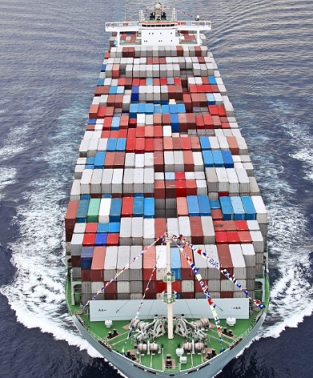 Home ||
Tanker Safety ||
Container Ship Handling ||
Commercial Management ||
EMS ||
Home ||
Tanker Safety ||
Container Ship Handling ||
Commercial Management ||
EMS ||
Container ship care -prevent for hull,cargo & wet damage -Lashing check at sea
Container ship as a carrier must perform sea voyage agreed in the contract of carriage, whether this is a contract evidenced by a
bill of lading or a charter party or other document. Where the contract of carriage is evidenced by a bill of lading or sea waybill and the Hague Rules, Hague-Visby
Rules or Hamburg Rules are expressly incorporated by statute or agreement into the contract terms, the carrier's
duties will be those set out in the relevant rules
Most P&I clubs publish loss prevention literature aimed at reducing cargo claims, and masters should ask their
companies to place this literature on board. Club managers will also readily provide information on cargo care
when requested by a master of an entered vessel.



